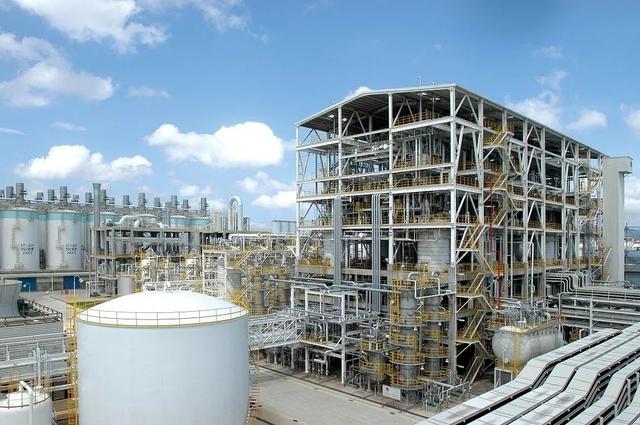The emergence of the Internet of Things has led to a paradigm shift in various areas, including industrial safety and manufacturing. One of the main components facilitating this change is the Modbus Gateway. This paper discusses the combined application of the Internet of Things and the Modbus Gateway to enhance industrial safety.
Introdução
Industrial safety is a key aspect of any manufacturing process. It ensures the safety of workers, operational efficiency and product quality. With the introduction of the Internet of Things (IoT), the landscape of industrial safety in manufacturing has changed dramatically. The IoT has the ability to connect devices and systems to monitor and control industrial processes in real time. The Modbus gateway plays an important role as a converter between Modbus devices and other protocols in this IoT-driven industrial revolution.
The Role of Modbus Gateway in IoT
Modbus is a communication protocol commonly used in industrial applications to enable data exchange between control devices. However, with the proliferation of the Internet of Things, these Modbus devices need to communicate with other non-Modbus devices. This is where the Modbus gateway comes into play. It acts as a bridge to enable seamless communication between Modbus devices and other protocols such as MQTT, a lightweight messaging protocol commonly used in IoT applications.
IoT and Modbus Gateway in Industrial Safety Production
The combination of IoT and Modbus Gateway brings many benefits to industrial safety manufacturing. Here are some of the main applications:
1. Real-Time Monitoring: This allows immediate reaction to any abnormalities, preventing accidents and ensuring worker safety.
2. Predictive Maintenance: This enables timely maintenance, reducing downtime and improving operational efficiency.
3. Quality Control: the IoT can be used to monitor the production process in real time to ensure product quality. Any deviation from standard processes can be corrected immediately to ensure product quality.
4. Energy Efficiency: the Internet of Things (IoT) can optimise the use of resources in the production process. For example, it can adjust the use of electricity according to real-time demand, thereby reducing energy consumption.